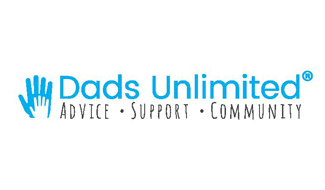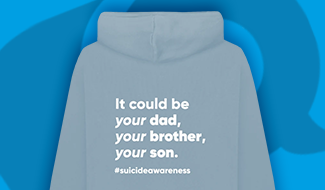Did you know that, since 2015, controlling or coercive behaviour has been recognised as a criminal offence? This type of behaviour is unfortunately relatively commonplace within families, and often not immediately recognisable to the victim as a form of abuse. Often, the behaviour starts quite subtly, and since it can be very broad ranging in nature, the victim may become resigned to it as a “way of life”. Sometimes, a single event tips the balance, and it is only once the victim “looks back” that he or recognises the extent of the abuse. Alternatively, the victim may be very well aware of such behaviour, and know that it is wrong, but be too frightened or simply doesn’t know where to turn or how to go get help.
Professor Evan Stark, author of ‘Coercive Control, How Men Entrap Women in Personal Life’, says that:
“Experiencing coercive control is like being taken hostage; the victim becomes captive in an unreal world created by the partner/abuser, entrapped in a world of confusion, contradiction and fear.”
The charity Women’s Aid has been instrumental in raising awareness of behaviours that are typically characteristic of controlling and coercive behaviour. They include the following:
- An intention to cause fear
Generally, if you experiencing behaviour that is designed to intimidate, frighten or coerce you in any, it could be controlling or coercive.
“When a victim is frightened of their partner and treads on eggshells out of fear of their reaction, that’s a problem,” says Women’s Aid. “If they get angry at the slightest things and you’re worrying about the consequences of your actions, fearing you will ‘set them off’, that’s abuse”.
- The perpetrator is controlling
Control is a significant factor in this type of psychological abuse. It can be subtle and manipulative, such as not letting you go out and visit friends and family, and/or being excessively jealous and possessive. It may also build over time. If your partner is controlling what you wear, say or think, for example, this is another sign. Control of a victim may also be financial, with abusers controlling money, or technology, using tracking software on smartphones and hacking social media accounts.
- ‘Gas lighting’
Gas lighting is when someone exhibits abusive behaviour and either pretends it didn’t happen or switches blame on the victim. It can be very confusing and disorientating for victims leading them to doubt themselves and their sense of reality. Perpetrators often make their victims feel guilty about things that did not occur or for which they themselves are to blame. Over the long term, a victim’s sense of identity is diminished and it can be very hard to regain a sense of self-worth.
One common element of gas lighting is that perpetrators portray an ‘idealised’ charming personality to the external world whilst denying any wrongdoing that occurs within the family home.
- Personal attacks and criticism
This could be where the wrongdoer tells you that you or your family are stupid, unattractive and that no one else could love them. Abusers also regularly attack their victims in front of family, friends or the general public. Criticism often occurs during daily errands in front of shopkeepers, restaurant staff and professional advisors.
- ‘Using’ their victim
In a healthy relationship, both parties appreciate one another’s needs and equality is present. They care and support each other and there is an element of ‘give and take’. An abuser, however, does not think about their partner and generally puts themselves first.
“With an abuser, there’s no consideration that you’re upset.” says Women’s Aid. “They do it because they feel entitled to behave that way. They believe their partner is there to meet to their needs and that they can take whatever they want.”
- The victim makes up excuses for their partner’s behaviour
If you find yourself being evasive in front of friends and family, ‘covering up’ for your partner’s bad behaviour, or making excuses as to why they are not to blame, this could indicate an issue.
One woman said that: “Although I temporarily separated from him I later felt guilty and went back to him. He was threatening suicide and saying he could not live without me. I was always making excuses for him – that he worked very hard for us, and that having children had put a strain on our relationship.” (source: Women’s Aid)
- It is not an isolated incident
Emotional abuse is not about having one argument which crosses the line (which can easily occur within otherwise healthy relationships). It is an ongoing pattern of systemic behaviour in which one partner is controlling whilst the victim feels a constant sense of fear.
How can I get help?
Any behaviour that is controlling and coercive is entirely unacceptable. It is certainly harmful for its victim, and is bound to have a direct impact on any children of the family. Remember, the behaviours described above may be criminal offence. If you consider yourself to be in immediate danger, do not hesitate to call 999. To discuss your concerns, you can contact the National Domestic Violence Helpline on 0808 2000 247, run in partnership by the charities Refuge and Women’s Aid.
If there has been domestic abuse you may be eligible for legal aid to provide you with free legal advice. See below for further information on how to find one.
Posted on July 16, 2018
















